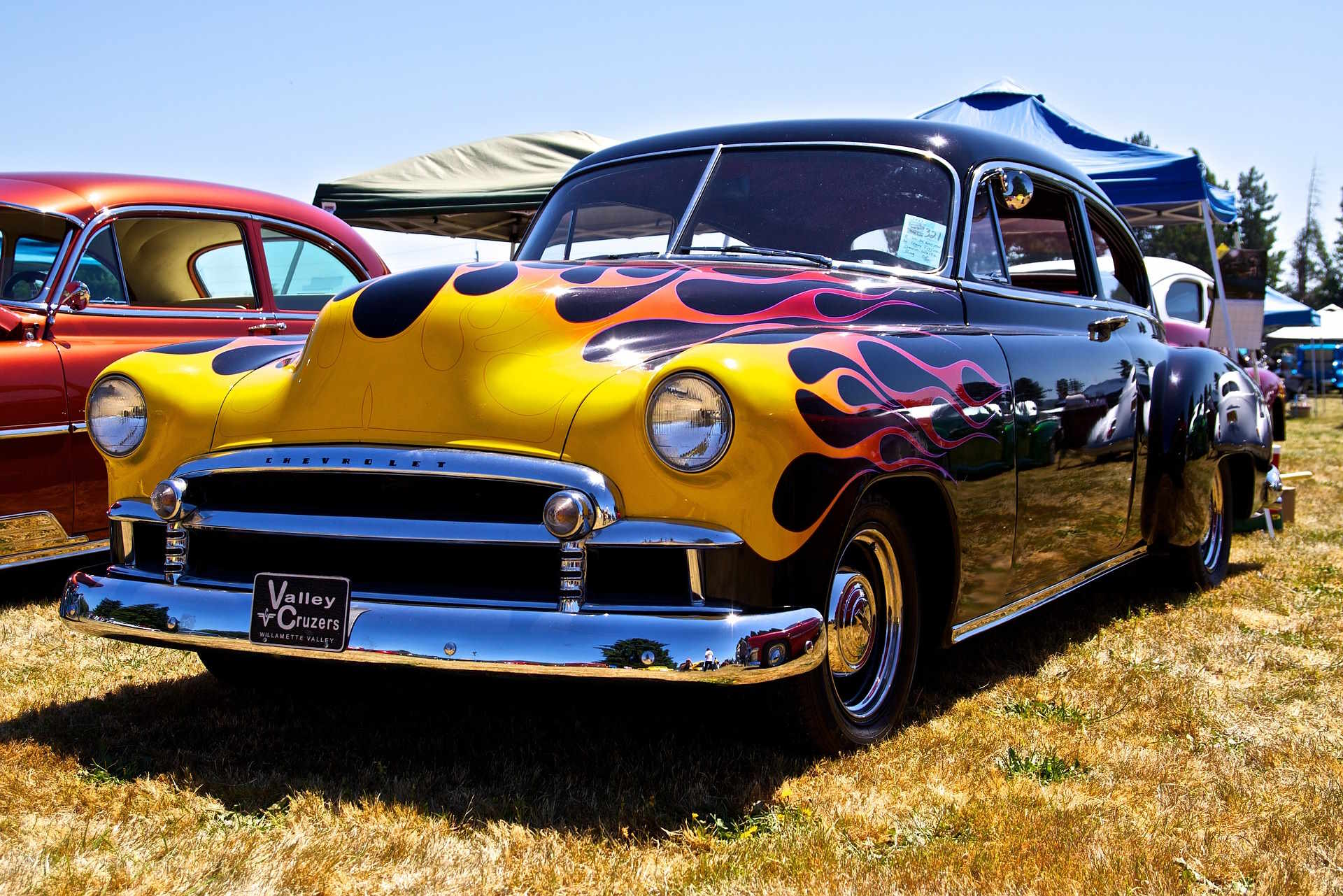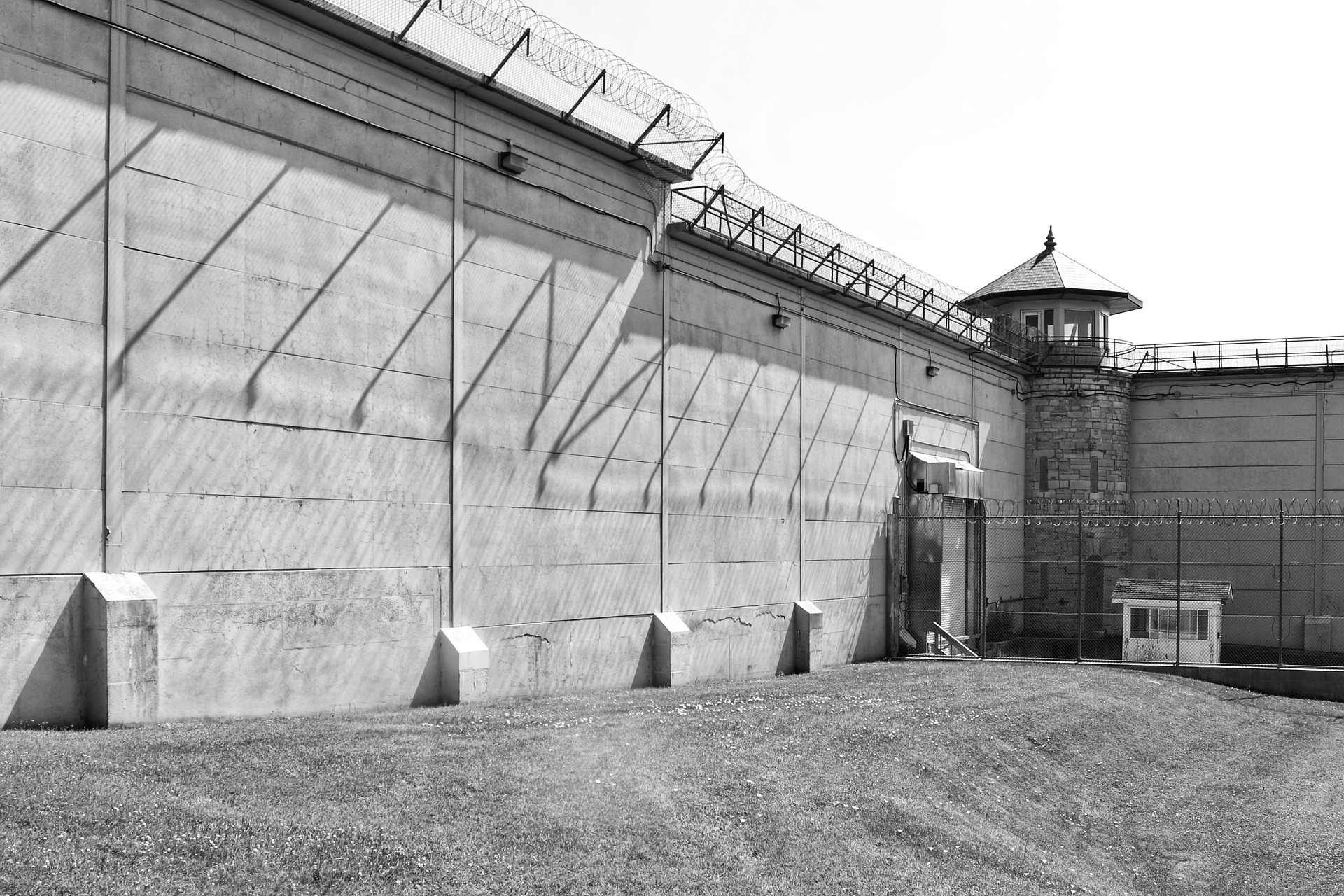Performance Tuning: A Modern Phenomenon
Who can resist the call of the open road, the roar of an engine, and the exhilaration of powerful acceleration? For many enthusiasts, performance tuning is a way of life—a dedicated pursuit of speed and power. But what exactly is performance tuning, and how is it changing the automotive landscape today?

Delving into the Historical Roots of Performance Tuning
Performance tuning is not a new phenomenon; it’s an art that traces back to the early 20th century. Back then, the goal was simple: to make cars faster and more efficient. Engineers would tinker with their vehicles, experimenting with engine enhancements, chassis modifications, and more to squeeze every ounce of performance possible. Over time, these modifications became more complex and sophisticated, reflecting the scientific and technological advancements of the era.
Understanding the Core Aspects of Performance Tuning
At its core, performance tuning involves modifying a vehicle’s components to optimize overall performance. The process can be divided into three main areas: engine tuning, chassis tuning, and electronic tuning.
Engine tuning focuses on increasing horsepower and torque. This often includes modifying the air intake, exhaust, and fuel injection systems.
Chassis tuning, on the other hand, is about enhancing the vehicle’s handling characteristics. This includes alterations to the suspension, brakes, and tires.
Lastly, electronic tuning leverages modern technology to optimize vehicle dynamics, with modifications ranging from engine control units (ECUs) to sophisticated driving assists.
Analyzing Current Trends and Insights in Performance Tuning
Today, performance tuning is becoming increasingly mainstream, fueled by a burgeoning do-it-yourself (DIY) culture and easily accessible aftermarket parts. More than ever before, drivers are seeking out means to express individuality through their vehicles, and tuning provides an attractive route.
Another major trend is the shift toward electronic tuning. With modern cars teeming with electronics, enthusiasts are uncovering new possibilities for power and efficiency through software tweaks and advanced driving aids.
Exploring the Real-World Impacts of Performance Tuning
Performance tuning isn’t just a hobby; it’s an industry, and a thriving one at that. It supports a global network of manufacturers, engineers, and mechanics, bolstering the automotive economy.
For individual enthusiasts, tuning offers a unique means of self-expression and control over their driving experience.
However, it’s not all positive; performance tuning presents certain challenges. Engine and chassis enhancements can strain a vehicle over time, leading to reliability concerns. Moreover, electronic modifications pose cybersecurity risks, as hackers may exploit vehicle vulnerabilities.
The Ongoing Evolution of Performance Tuning
The art of performance tuning is ever-evolving, yet its core purpose – enhancing a vehicle’s speed, power, and efficiency – remains unchanged. As technologies advance and our understanding of car dynamics deepens, so too do the tools and techniques available for tuning. Yet, with these advancements come new challenges, ensuring that the world of performance tuning remains as exciting as ever. No matter the decade, the spellbinding allure of the open road continues to drive enthusiasts in the quest for the perfect ride.




